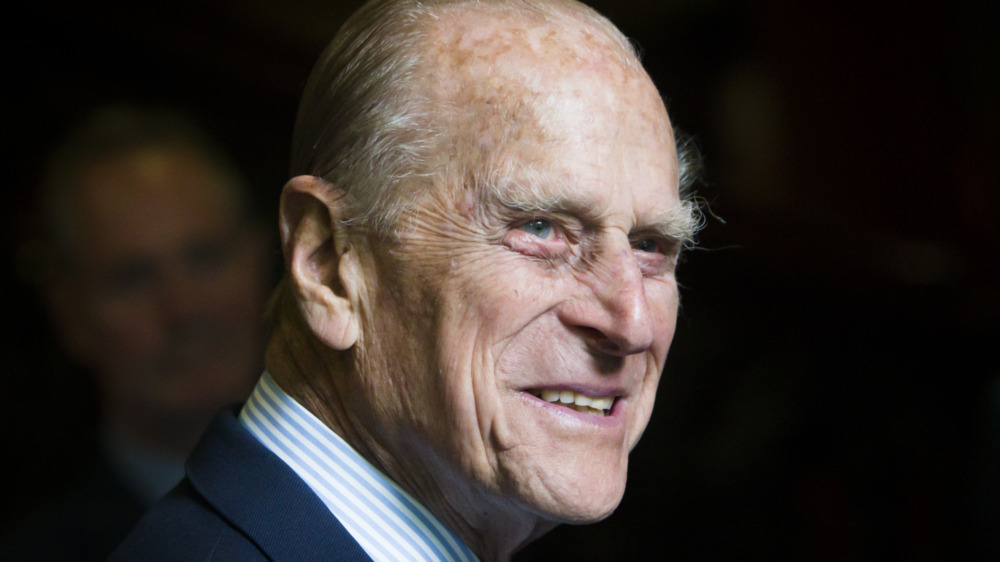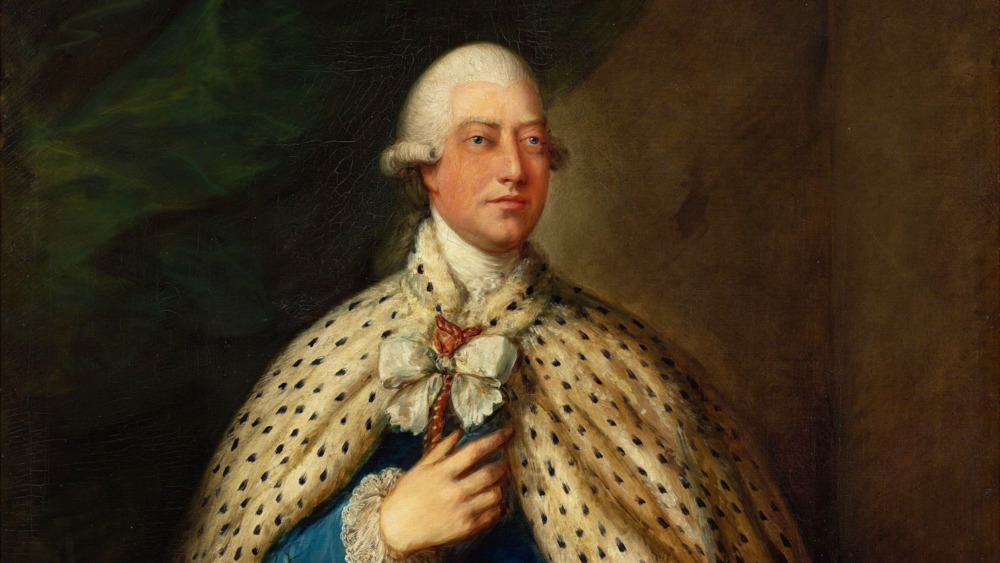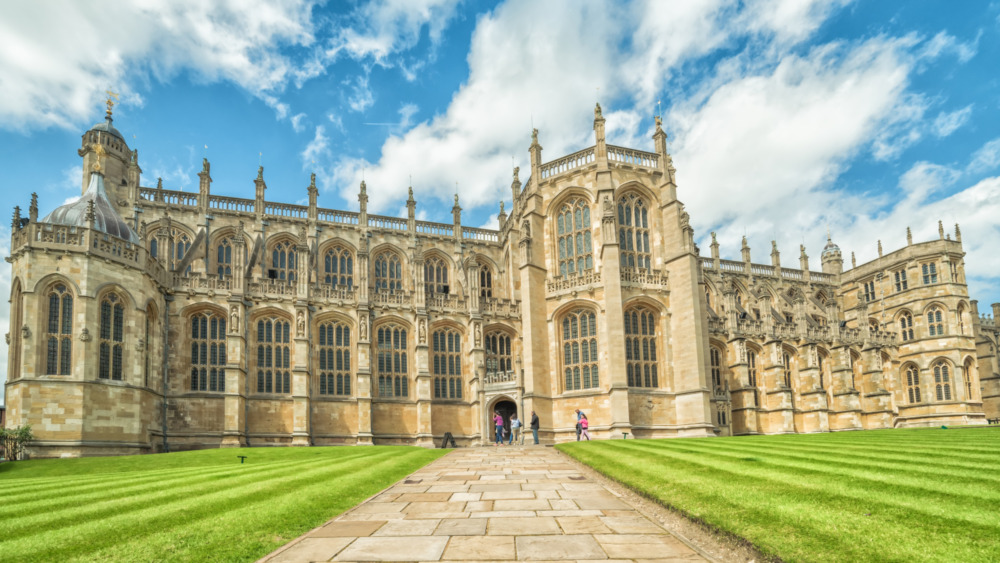The Truth About The Royal Vault At St. George's Chapel
When the British royal family announced the death of Prince Philip, Duke of Edinburgh on April 9, 2021, it set into motion funeral plans that were years in the making. Between his "no fuss" attitude and nationwide COVID protocols, Prince Philip will not receive a state funeral that is customary for many others in the royal family, according to reporting by the AP. Instead, the duke will receive a ceremonial funeral that will still have many of the same traditions, but without the streets lined with mourning British citizens.
Prince Philip will be carried to the funeral ceremony in a small procession led by his oldest son, Prince Charles, The Sun reported. Several members of the royal family will walk behind the procession, as his coffin is transported in a modified Land Rover hearse the duke helped design in 2005, according to the Robb Report. Following a church service, Prince Philip will be privately interred in the Royal Vault of St. George's Chapel in Windsor. But the Royal Vault is just a temporary interment until the death of his wife of more than 70 years, Queen Elizabeth. When the queen dies, Prince Philip is expected to be transferred to the King George VI Memorial Chapel of St. George's cathedral, so the two may be buried together, according to The Telegraph. Until then, the duke will be in the company of several other members of the royal family in the Royal Vault.
The Royal Vault was constructed for George III
The Royal Vault at St. George's Chapel at Windsor was built over several years between 1804 and 1810. It was initially designed as a temporary holding place for the recently deceased, but its purpose has changed over time, according to Cemetery Club. The Royal Vault was built for King George III (pictured above), the longest-ruling British monarch among all of his predecessors. Over the course of his 59-year reign, George III managed a defeat of France in the Seven Years' War and a tamping down of unrest in many British colonies, but suffered a stinging loss in the American Revolution.
In 1778, George III began to lapse into long periods of violent mental illness and was, at times, restrained with a straight jacket. He suffered serious bouts of mental illness for the rest of his life and was determined to be unfit for rule for the last decade of his reign. His eldest son, George IV, acted as Prince Regent from 1811 until George III died. Following a final decade of what History.com called "a fog of insanity and blindness," George III died on January 29, 1820. Following a service, he was lowered into the Royal Vault before reaching his final resting place, St. George's Chapel.
Who is buried in the Royal Vault?
In all, two dozen members of the royal family are buried in the Royal Vault of St. George's Chapel at Windsor (pictured above). Three kings — George III, George IV, and William IV — were all interred in the Royal Vault, per the College of St. George. George VI died in 1952 and was first interred in the Royal Vault before being moved to the memorial chapel when it was built 17 years later, in 1969. George III's wife Queen Charlotte and their daughter Princess Amelia, George IV's daughter Princess Charlotte, and Queen Victoria's father, the Duke of Kent, are all interred in the Royal Vault.
The last permanent interment in the Royal Vault was Princess Augusta of Hesse-Kassel. Princess Augusta was originally buried with her husband in St. Anne's Church but was moved by decree of Queen Mary, Elizabeth II's grandmother, in 1930, according to Cemetery Club. Most recently, Princess Margaret, who died in 2002, was cremated and her ashes were initially placed in the Royal Vault, per the Irish Times. After her mother, Queen Mother, died just weeks later, Princess Margaret's ashes were moved to the George VI memorial chapel to be with her parents.


